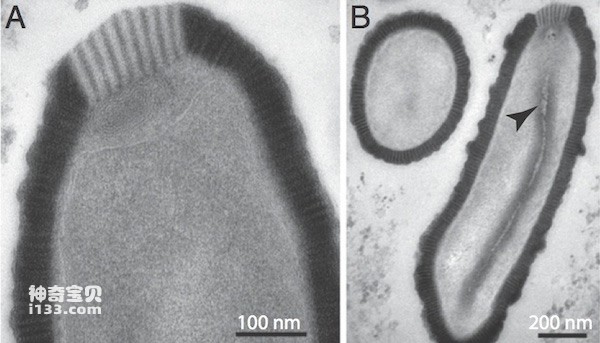According to EurekAlert!: A previously unknown giant virus discovered and resurrected in a 30,000-year-old permafrost sample suggests that giant viruses are more diverse and not as rare as previously thought. Several giant viruses belonging to the family Megaviridae have been discovered in the past 10 years. The morphological and physiological similarities of these viruses once suggested that all giant viruses have basically the same characteristics, but the recent discovery of Pandoravirus challenges this theory with its different shapes, sizes and physiological characteristics.

Previously unknown giant virus discovered in Siberian permafrost 30,000 years ago
Jean-Michel Claverie and colleagues investigated other giant virus types by incubating 30,000-year-old Siberian permafrost core samples with Acanthamoeba castellanii, a common giant virus. Virus host. The researchers report that the host was infected by a previously unknown giant virus that had mixed characteristics: It had the same shape as Pandoravirus, protein expression and replication similar to giant viruses, and a larger size than Pandoravirus and giant viruses. And its genome is only a fraction of the size of these two families of viruses.

The researchers say the resurrection of the virus, named Pithovirus sibericum, from ancient permafrost as the permafrost melts with increasing Arctic temperatures suggests the potential for the resurrection of other ancient viruses, some of which could become animals or Human pathogens.

animal tags:
We created this article in conjunction with AI technology, then made sure it was fact-checked and edited by a Animals Top editor.